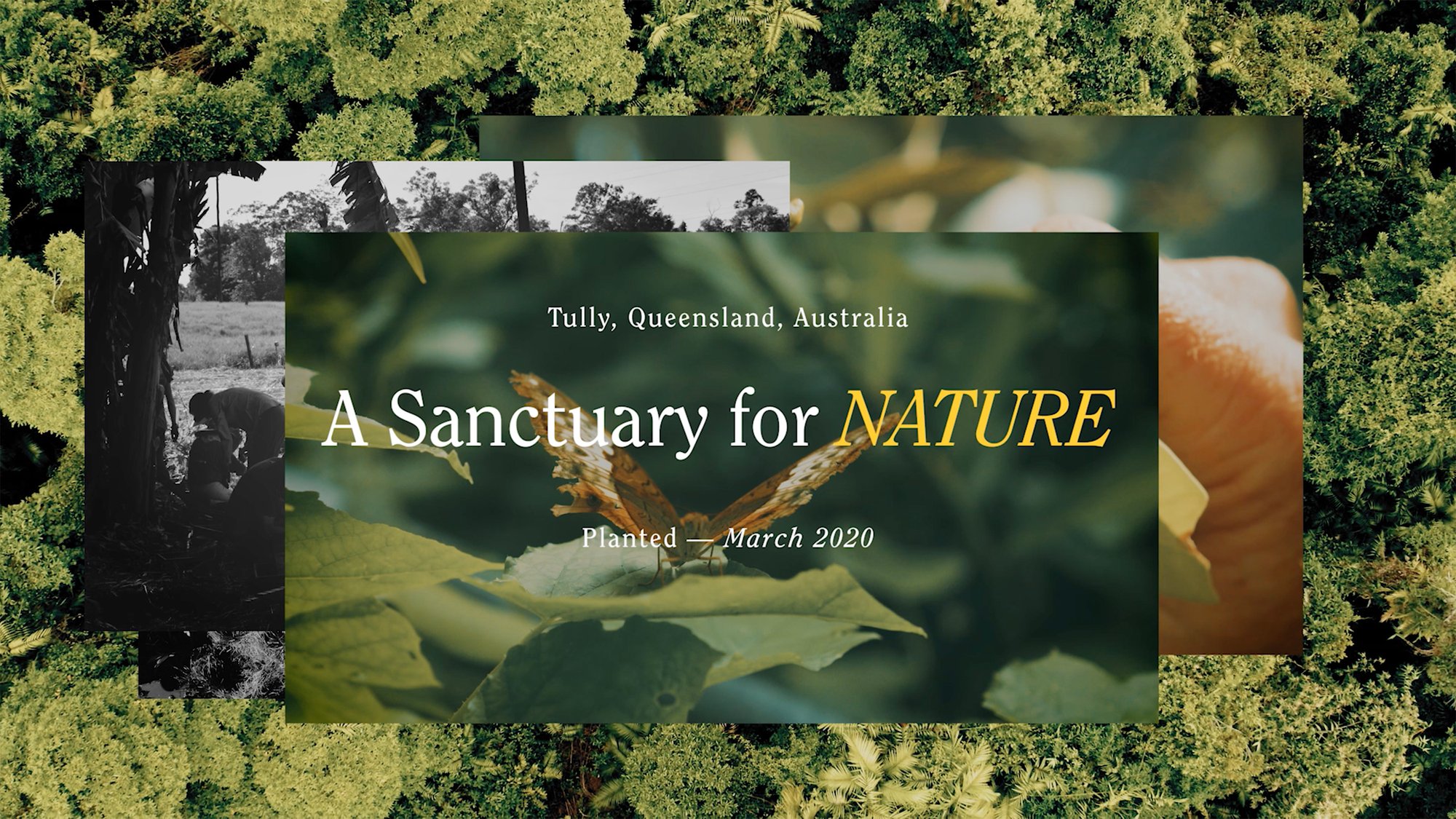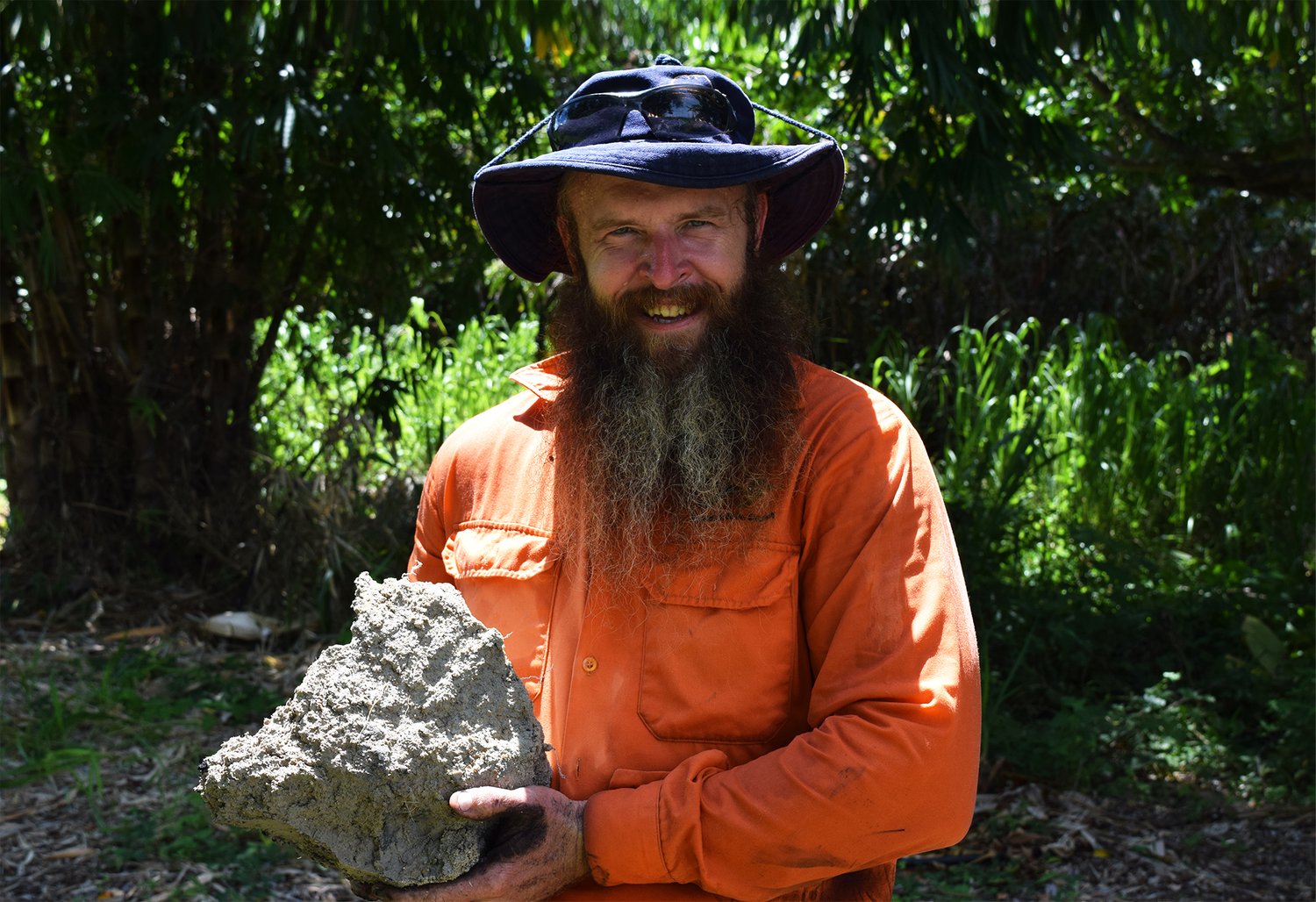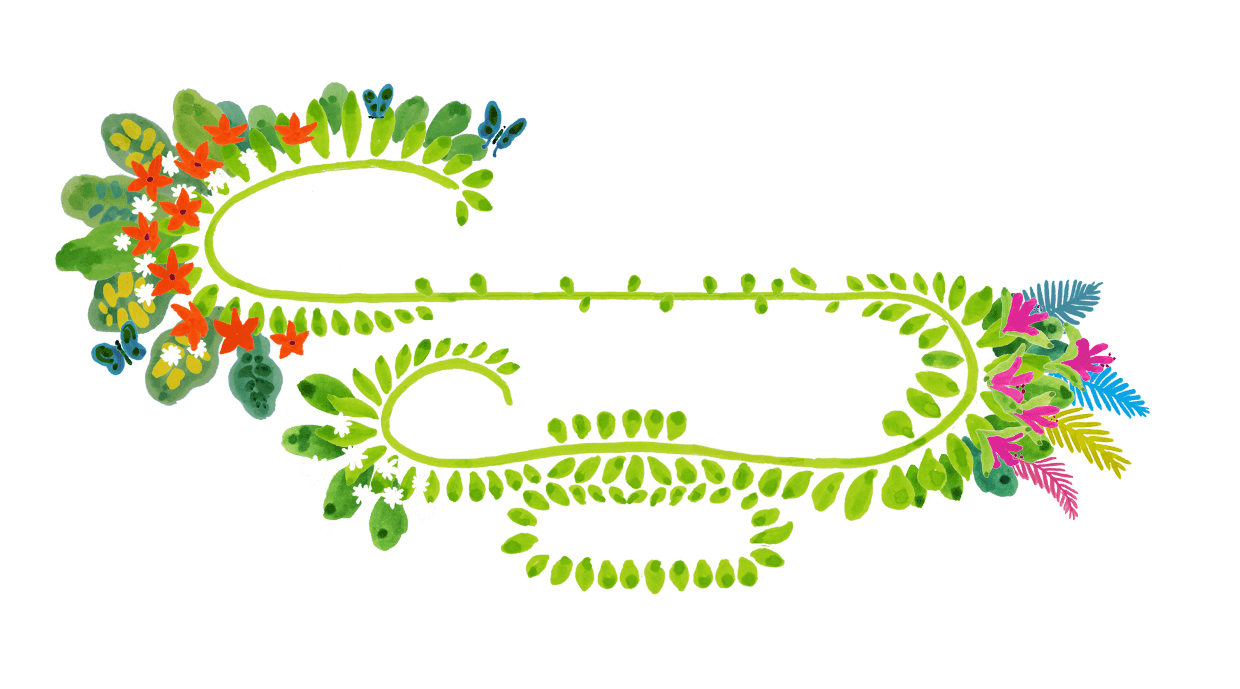
Queensland, Australia
Tully
A sanctuary for nature.
A creek ecosystem, surrounding the property, is in need of revitalization. All outflows of water affect, ultimately, the quality of the Great Barrier Reef Marine Park.
Sites like this creek, in particular, are sanctuaries for nature; including exotic and rare flora. Surrounded by the farmland they are a tiny oasis in a large sea of agriculture.
This Miyawaki forest will complement the degraded ecosystem as well as the rainforest area and it will help pollinate fruit trees.
Forest Maker Brett Krause

804
Trees
200
Square meters
102
Native Species
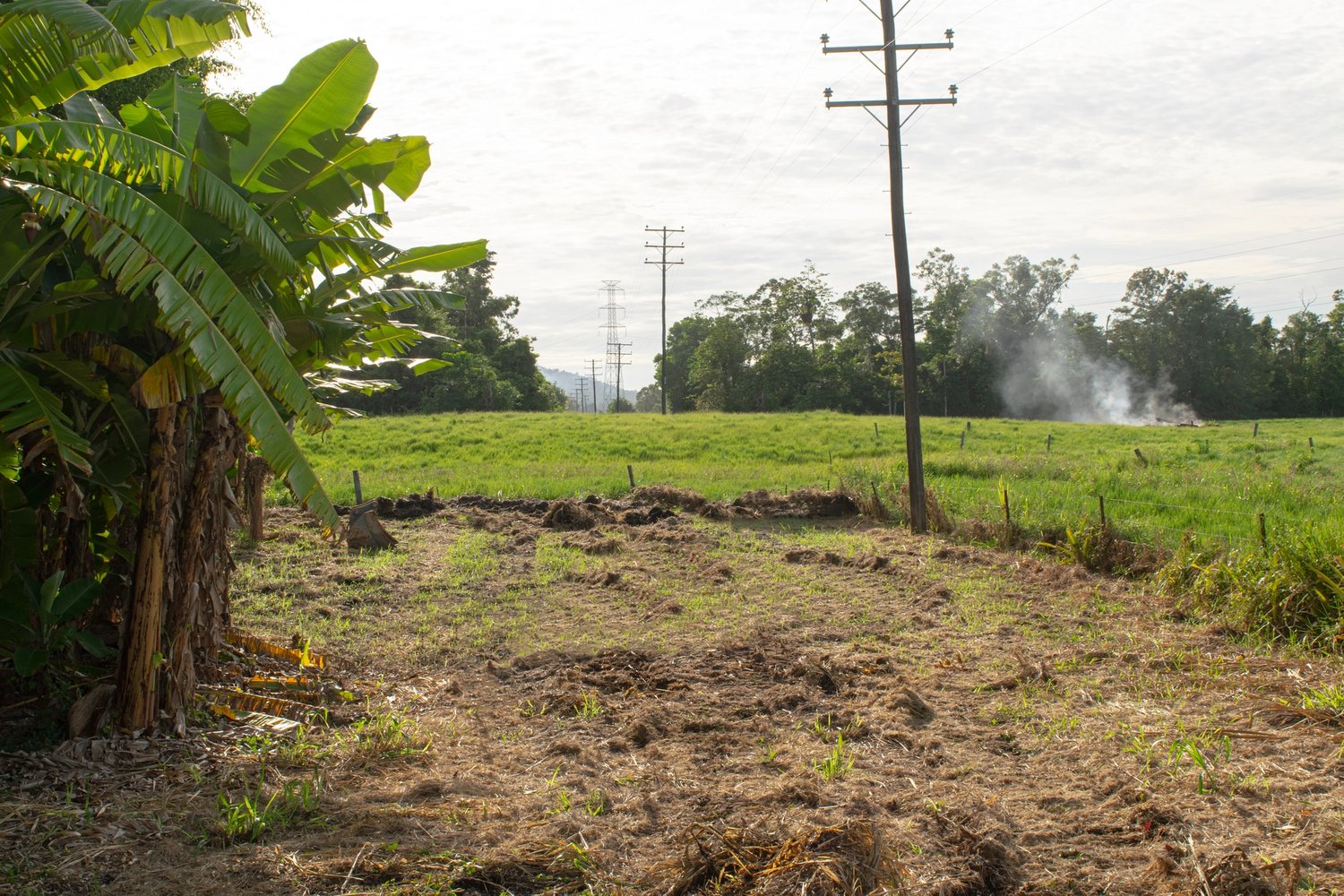
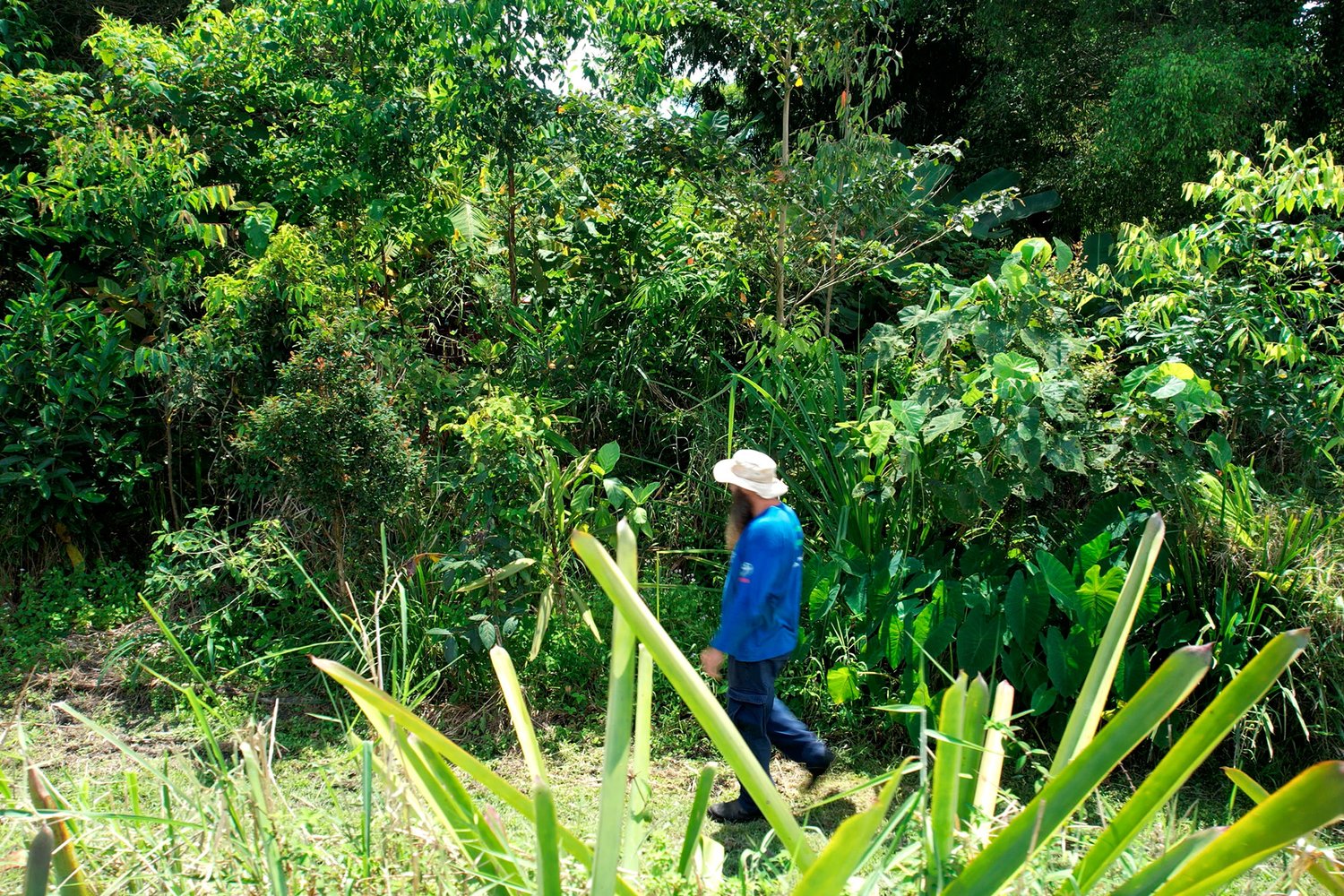
Forest Partner

“This Miyawaki forest will complement the degraded ecosystem as well as the rainforest area and it will help pollinate fruit trees.”
— Brett Krause
Forest Report: 2.5 Years
DATE: 07.09.2022
Survival Rate: 65%
Average of Tallest 3 Trees: 400cm
Tully has faced more challenges than other Queensland projects - indicated in a lower survival rate this year - due to several flooding events and the infiltration of cattle from neighboring land. However, this pocket forest grows well and is another excellent example of the resilience of the Miyawaki method. Indeed, the forest is helping to reduce the moisture stagnation issues that were a challenge for the forest in its early days.
The forest floor and canopy are still developingbut across 30% of the site Tully is self-sustaining. Growth has been slower due to events mentioned above, but succession from surrounding vegetation is occurring well, with native seeds and understorey flora that was difficult to obtain at planting now becoming established in the forest.
At least five non-planted species that could not be found in local nurseries are now present in the forest. Bird droppings are also contributing to the appearance of ever more new native species.
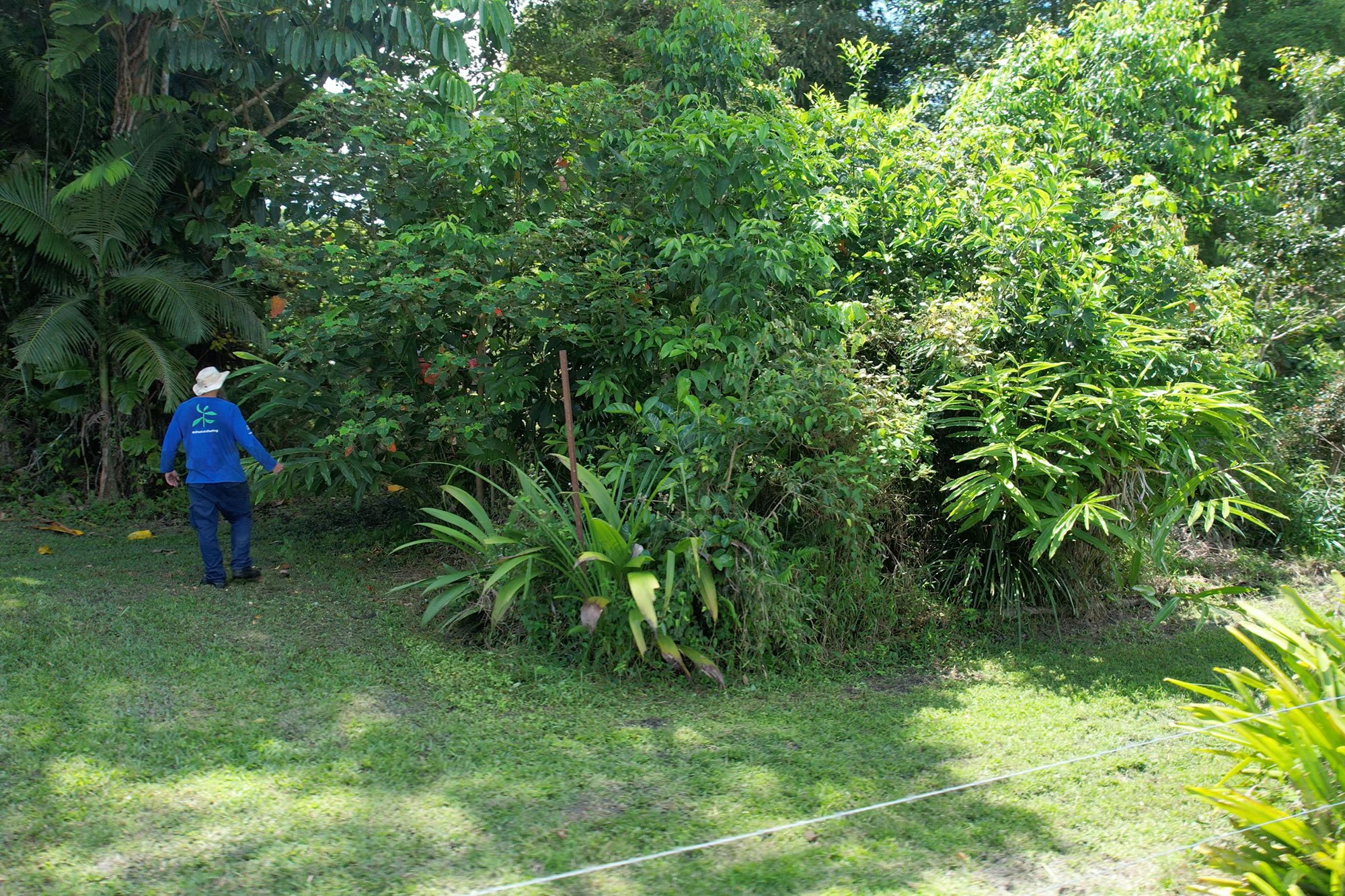
Biodiversity Notes:
Insect and bird life is increasing. Wasp nests are noted and well established. The biodiversity continues to increase with many more species of insects, dragonflies, small reptiles and over 15 bird species recorded, including the Willy Wagtail (Rhipidura leucophrys), Pheasant Coucal (Centropus phasianinus), the Blue-winged Kookaburra (Dacelo leachii) and Black Butcher Bird (Cracticus quoyi). The Ulysses Butterfly (Papilio ulysses) and Northern Brown Bandicoot (Isoodon macrourus) have also been observed.
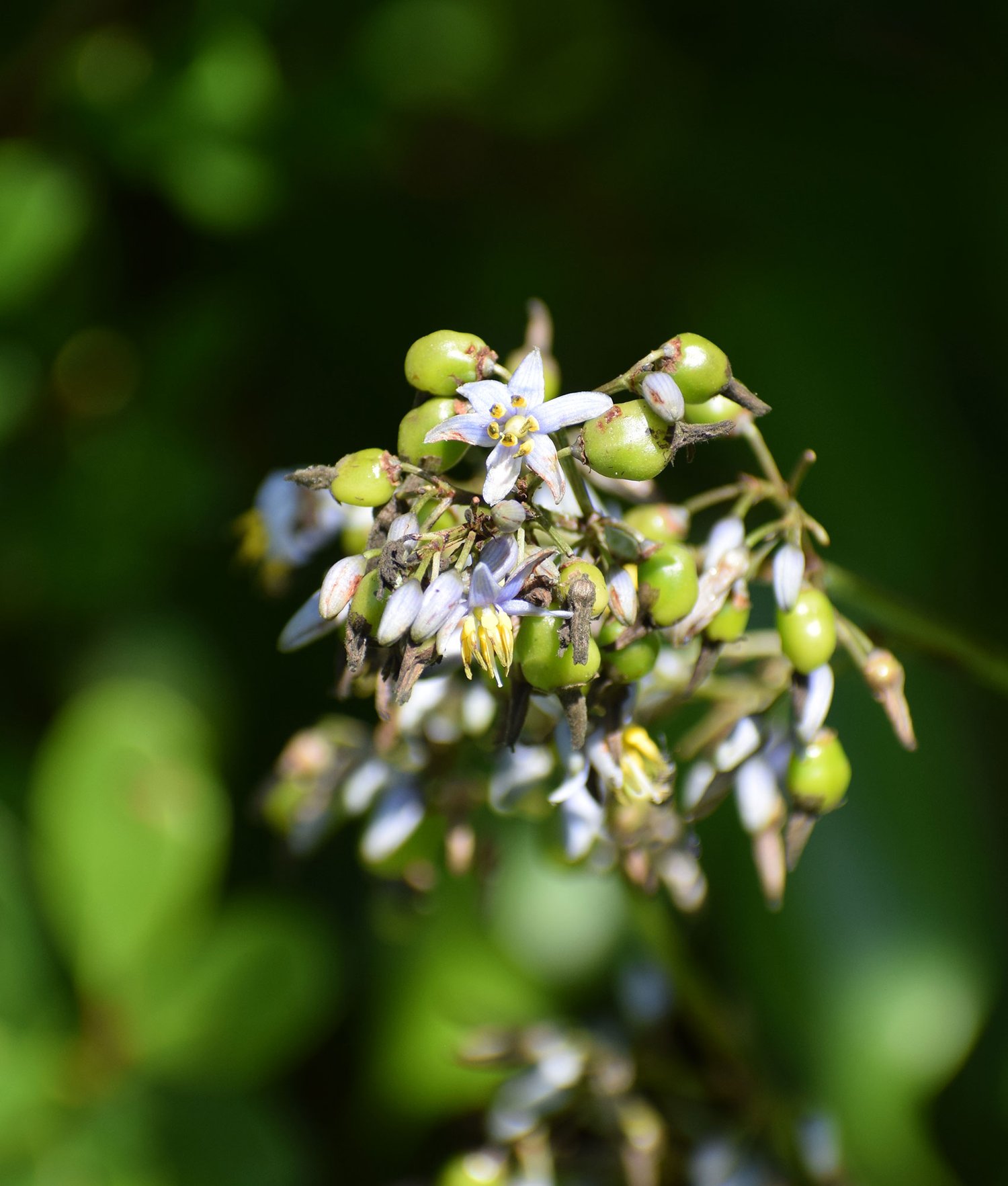
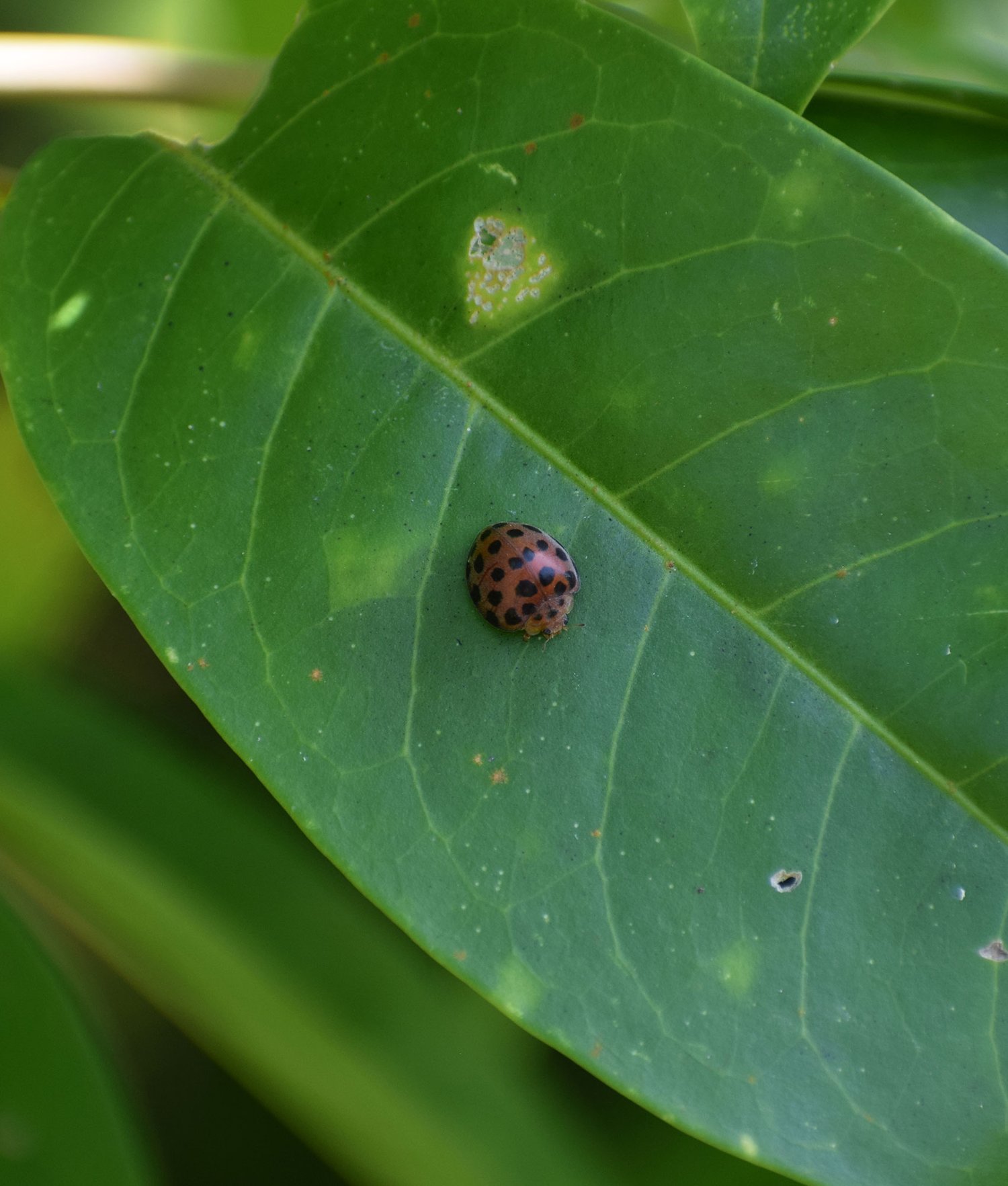
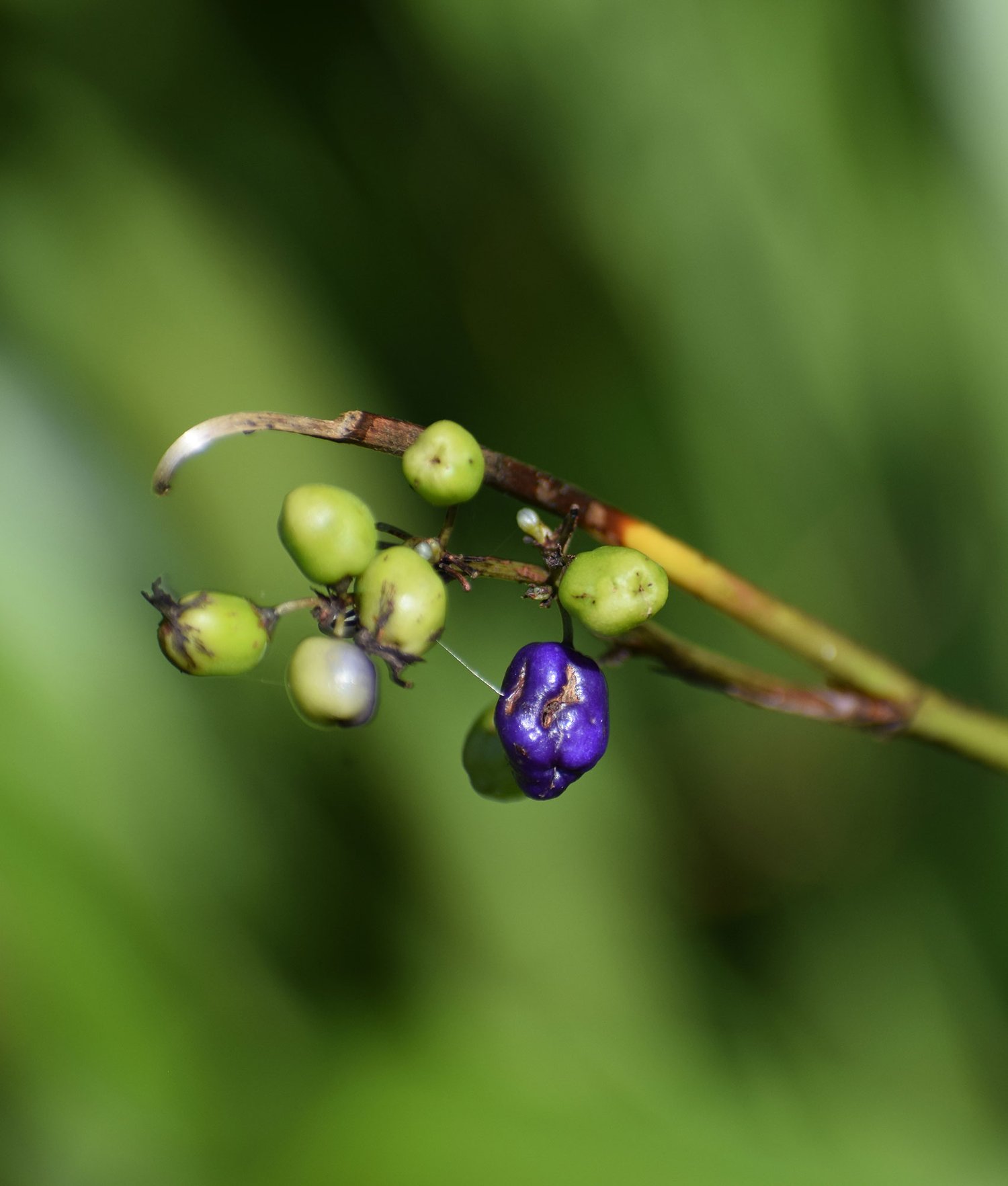
Forest Report: 2 Years
DATE: 07.03.2022
Survival Rate: 75%
Tallest Tree: 400cm
The site is now established after a slow start with water logging but succession from surrounding vegetation, native seeds and understorey flora that was difficult to obtain established. So a great result in the long run.
Leaf litter is establishing under the canopy. Understorey groundcover is established. Significant weeding was conducted and resulted in new growth of Miyawaki trees and new seeds propagating. Invasive grasses have
been maintained.
It has been a very wet period! Tully has recorded over 4.7m of rain for the year so far. This is well over 1m more than the long term average. The Miyawaki is proving resilient overall as an ecosystem. Neighbour’s cows have accessed the site again but no damage, hoof prints visible around the edge.
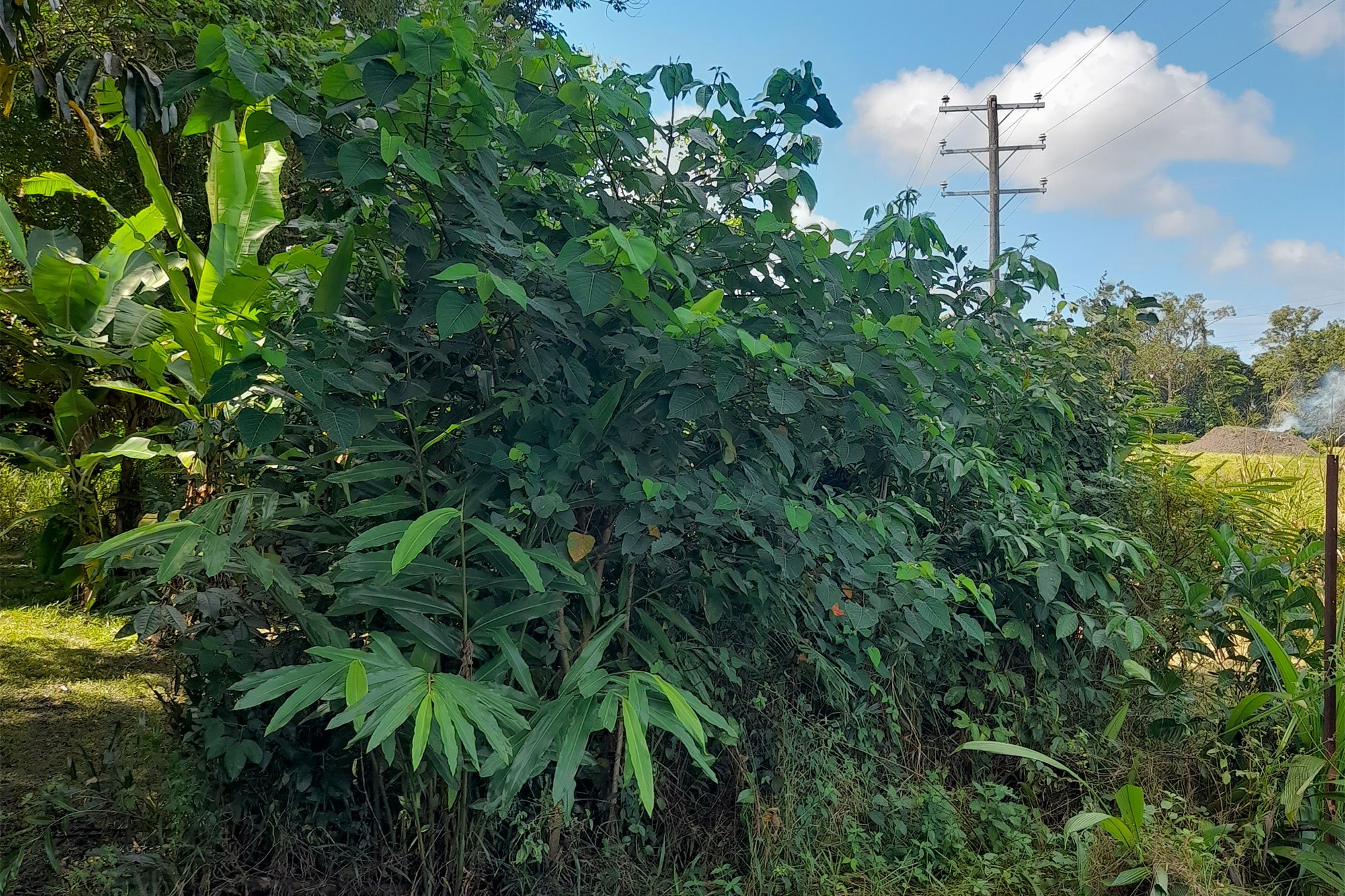
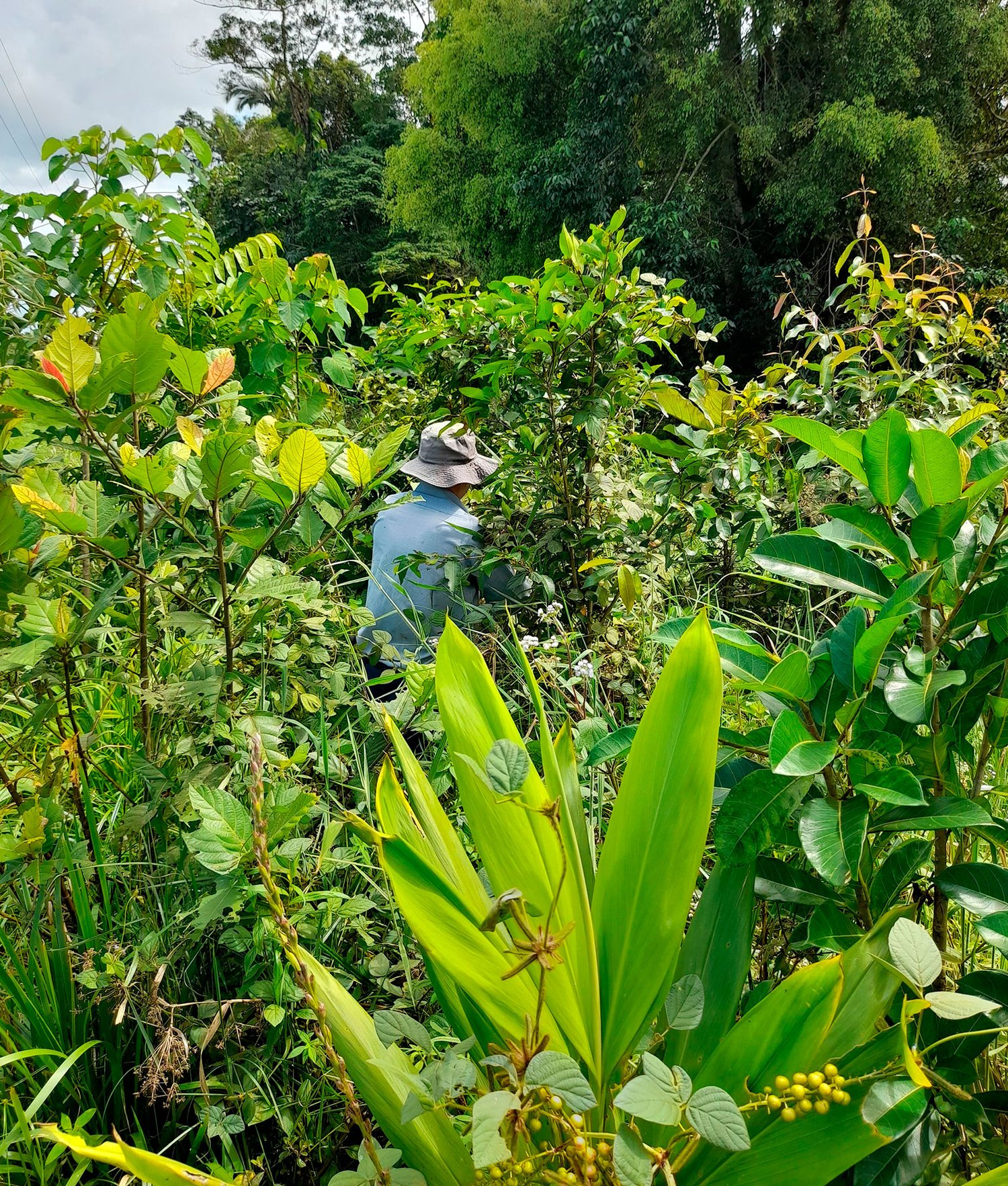

“My favorite tree is the quandong tree, Elaeocarpus Grandis, which is a keystone species for this region that supports so many native animals, birds, and particularly the southern cassowary which is endangered.”
— Brett Krause
Forest Report: 1 Year
DATE: 07.03.2021
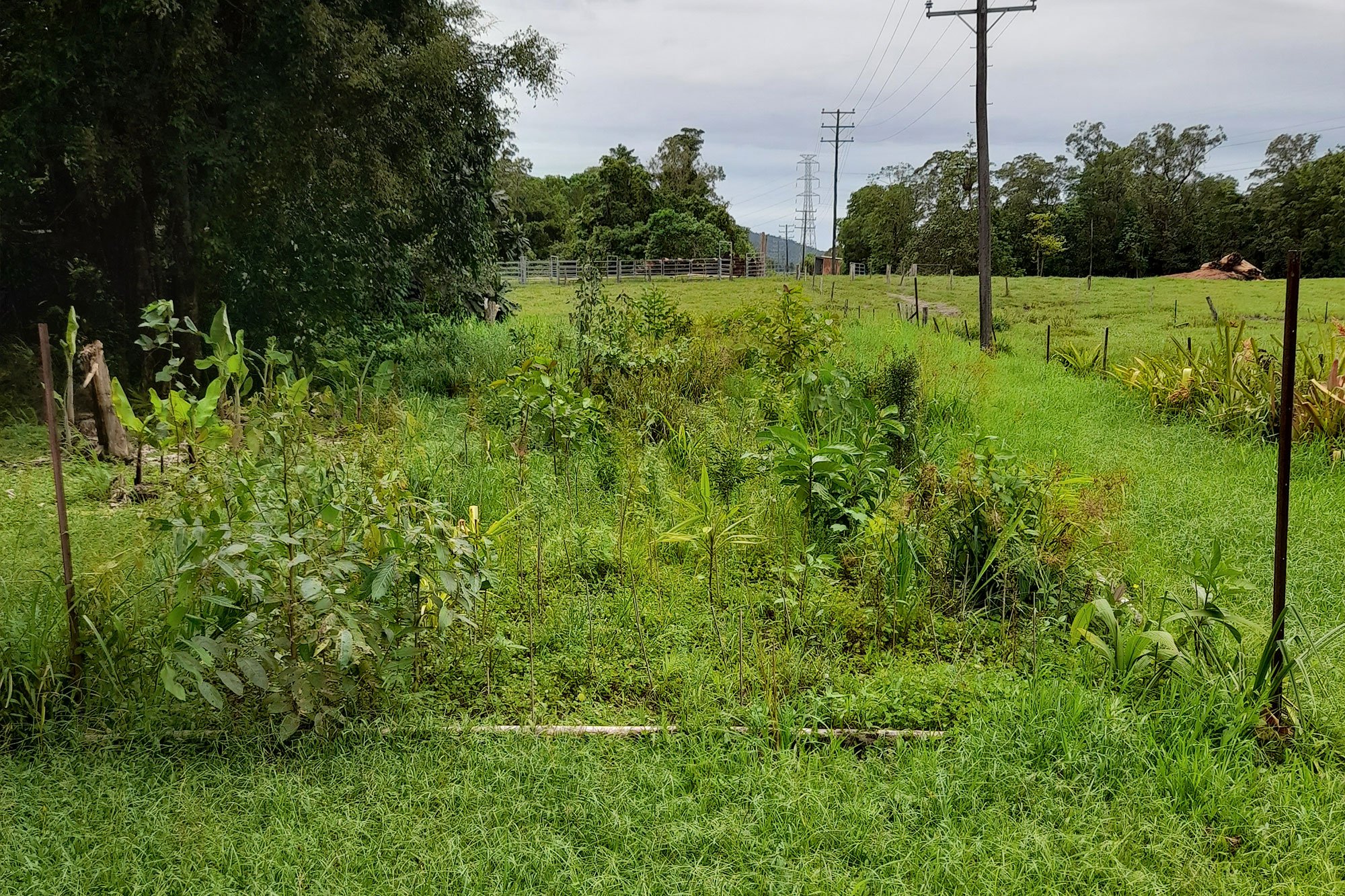

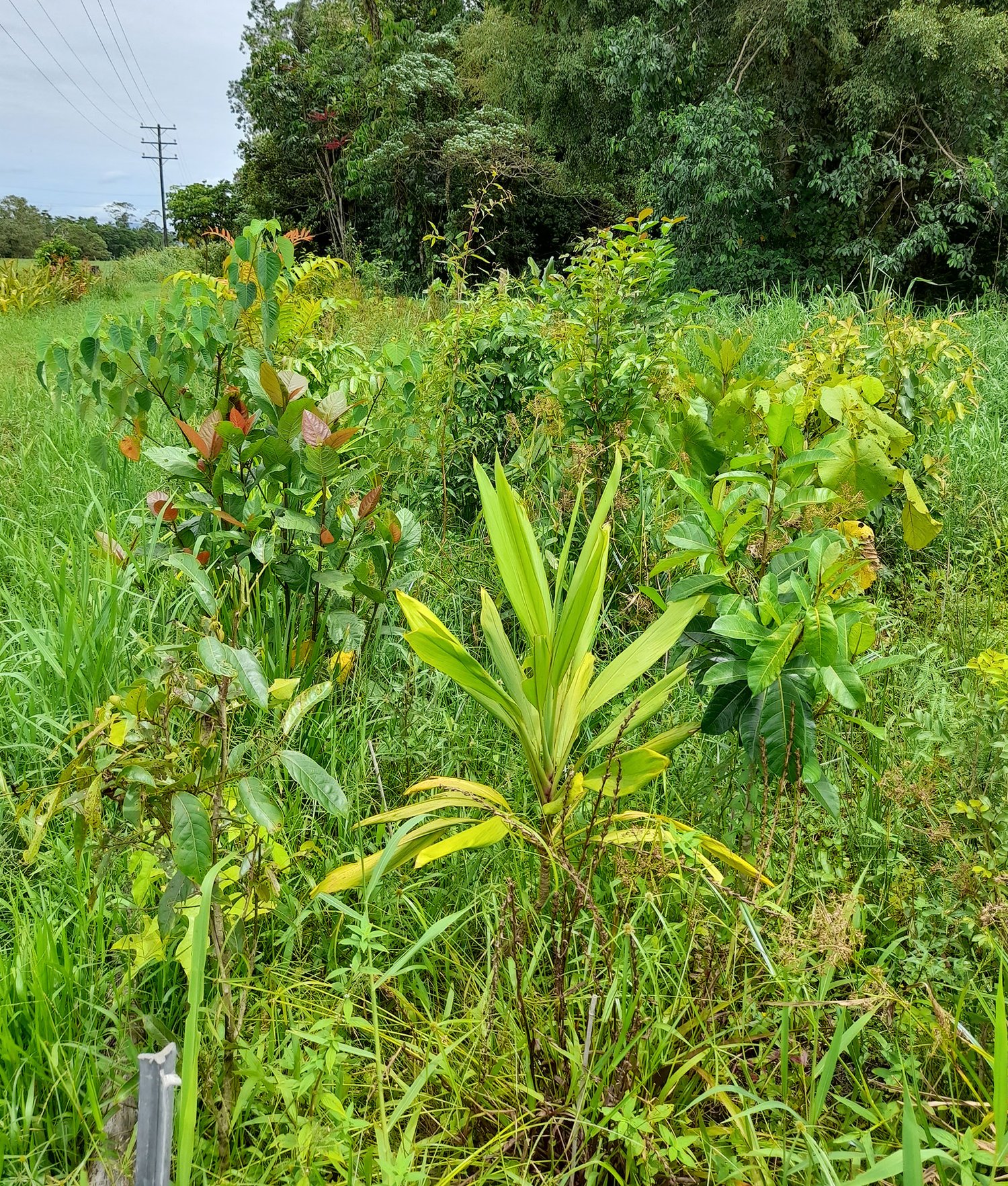
Biodiversity Notes:
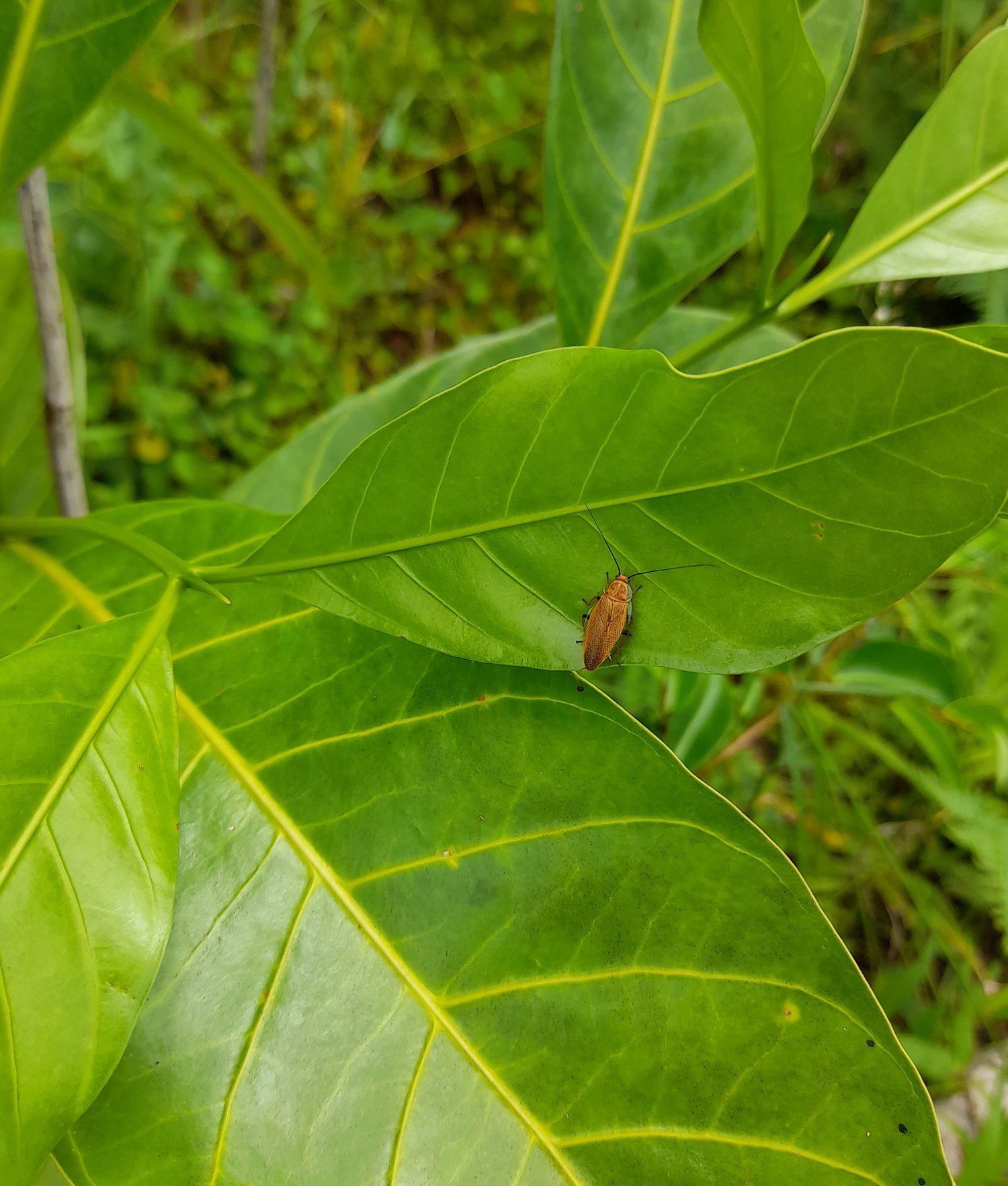
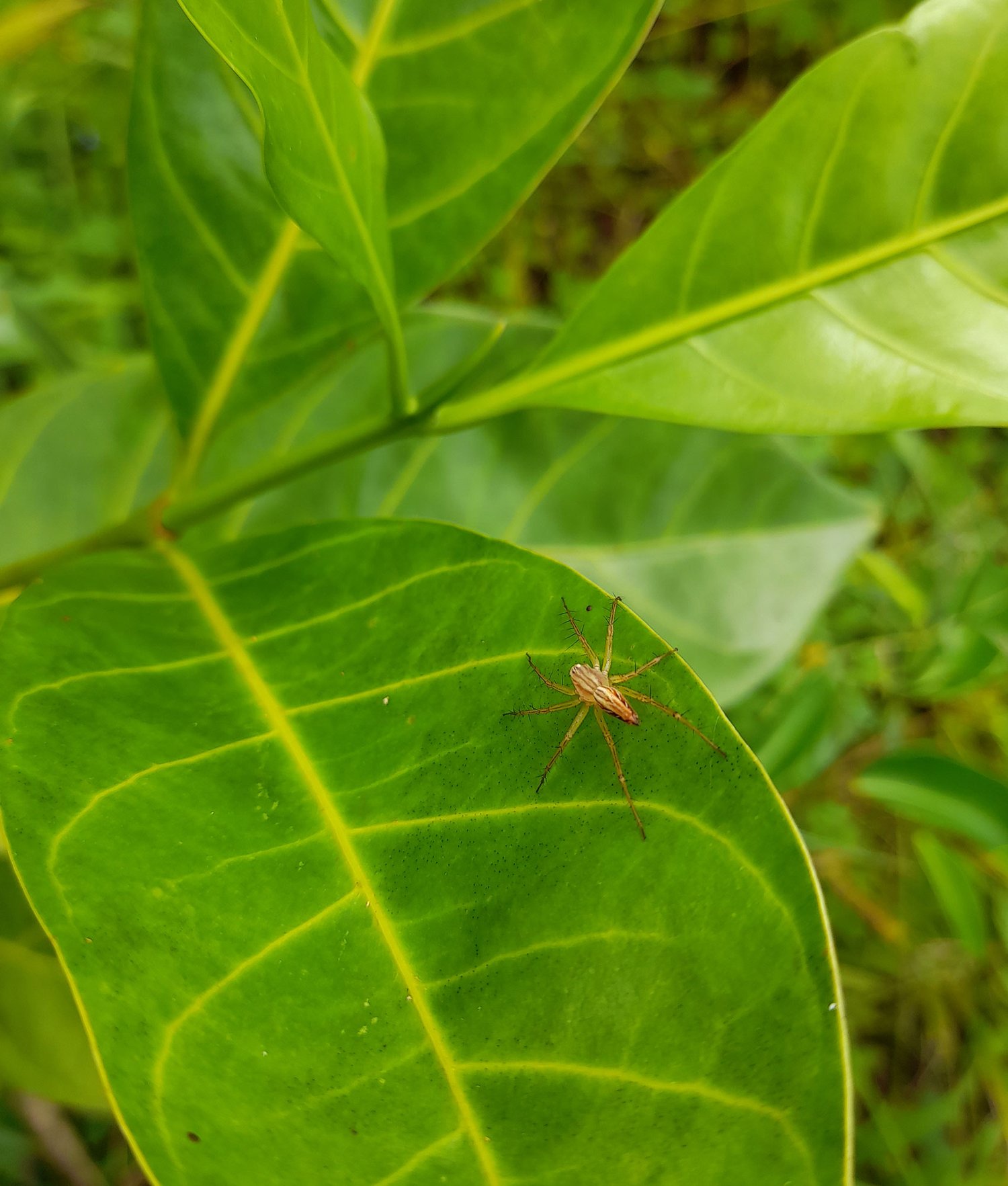
Forest Report: Planting
DATE: 07.03.2020
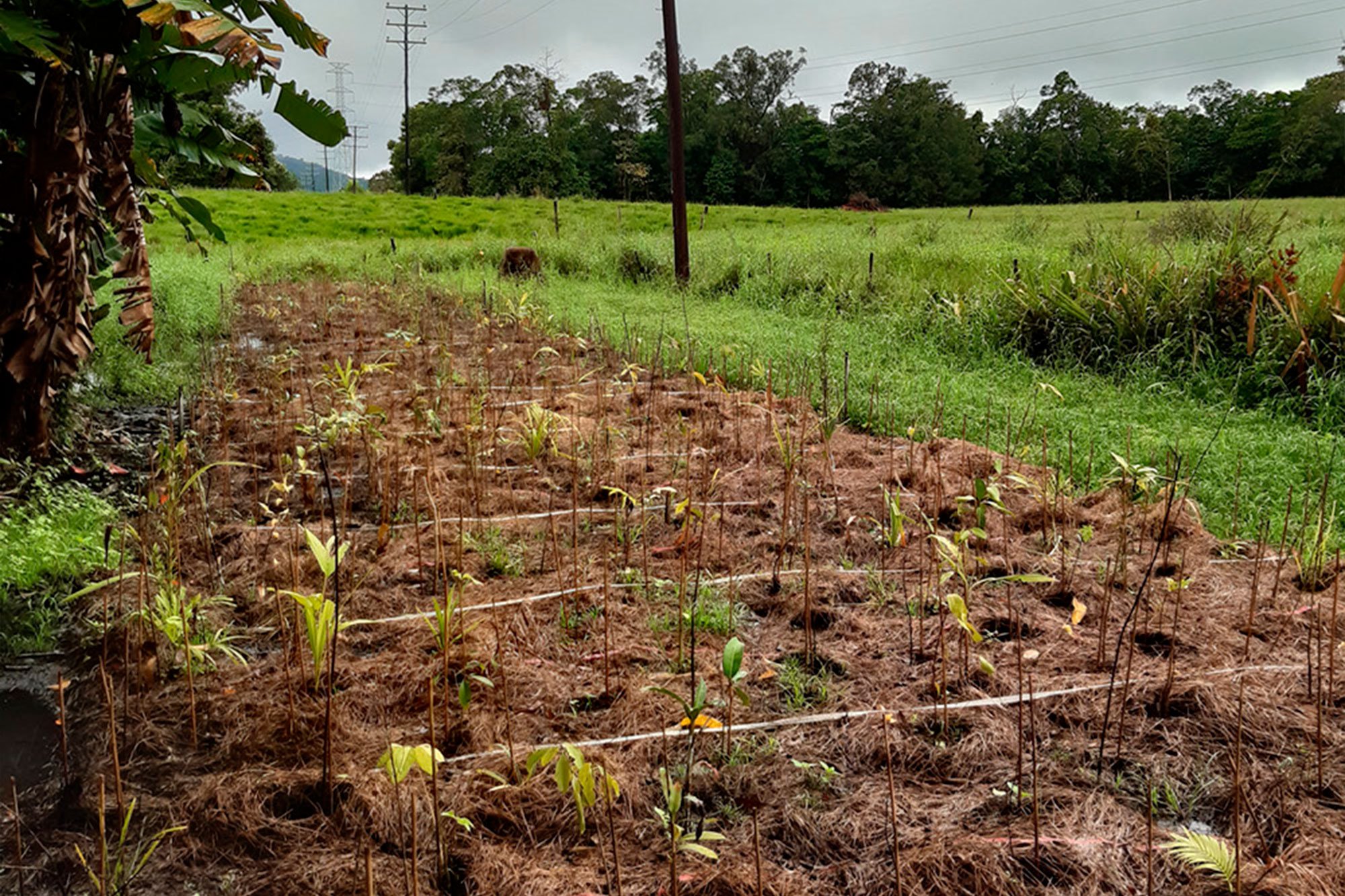
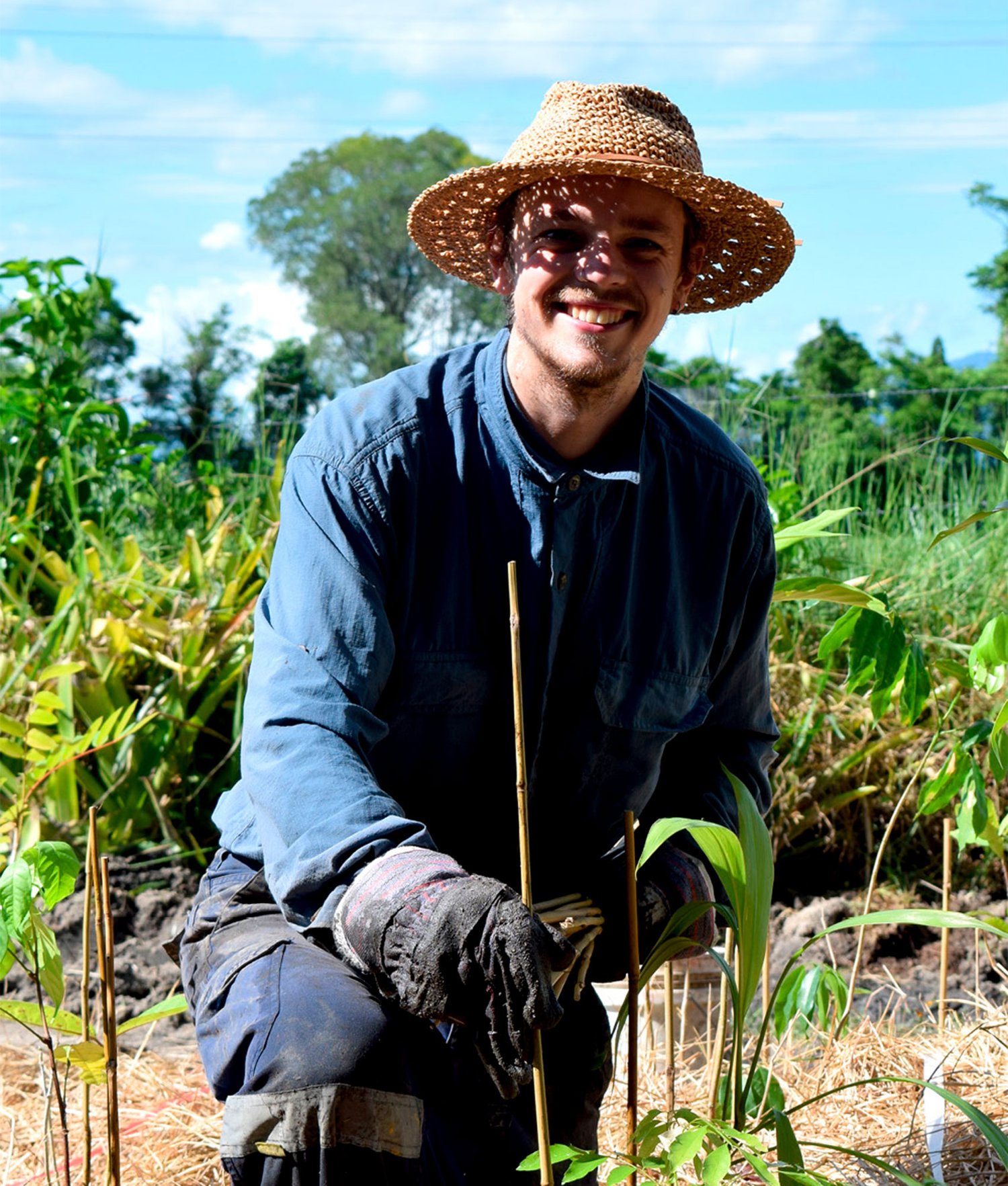
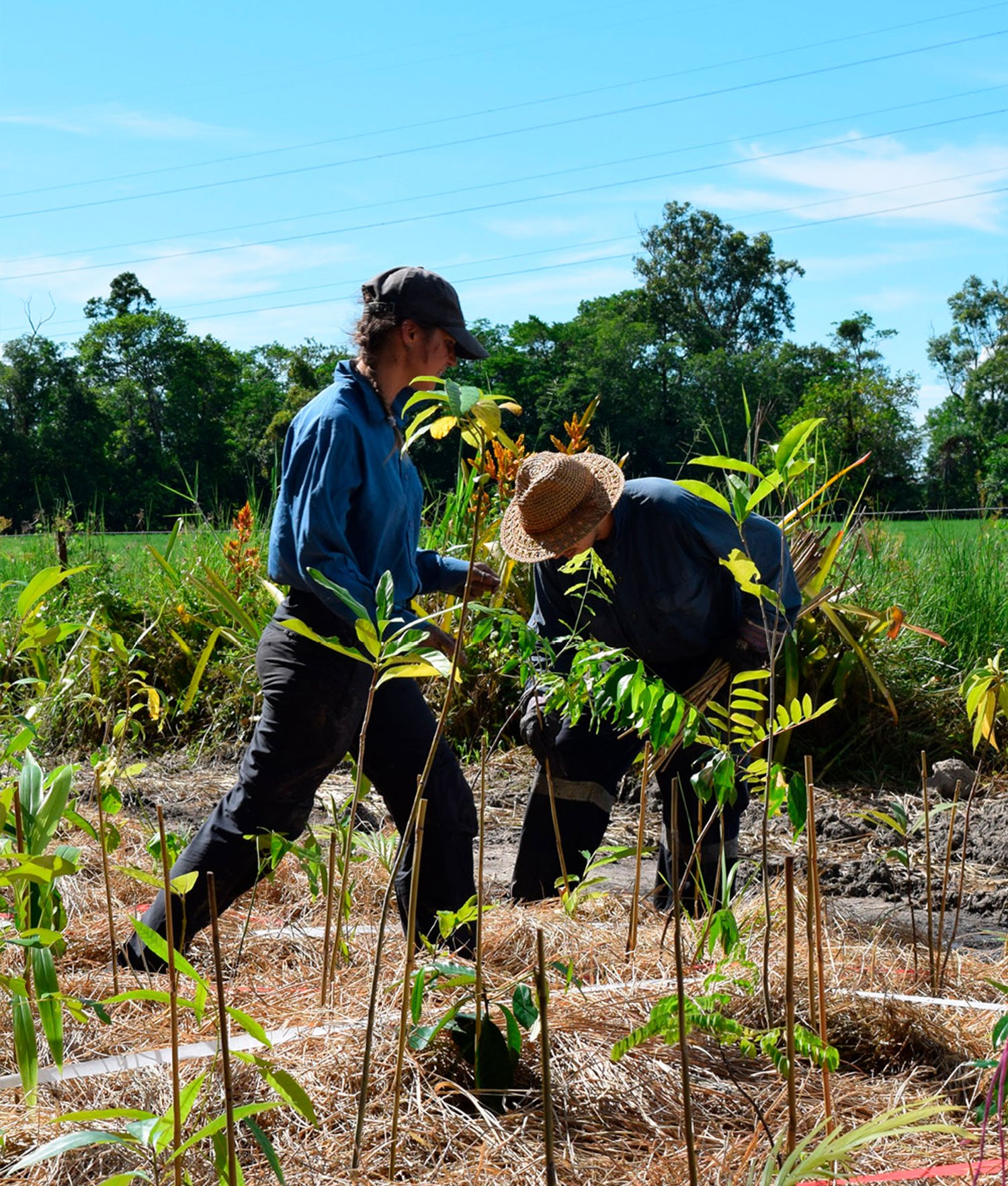
Discover more SUGi Projects

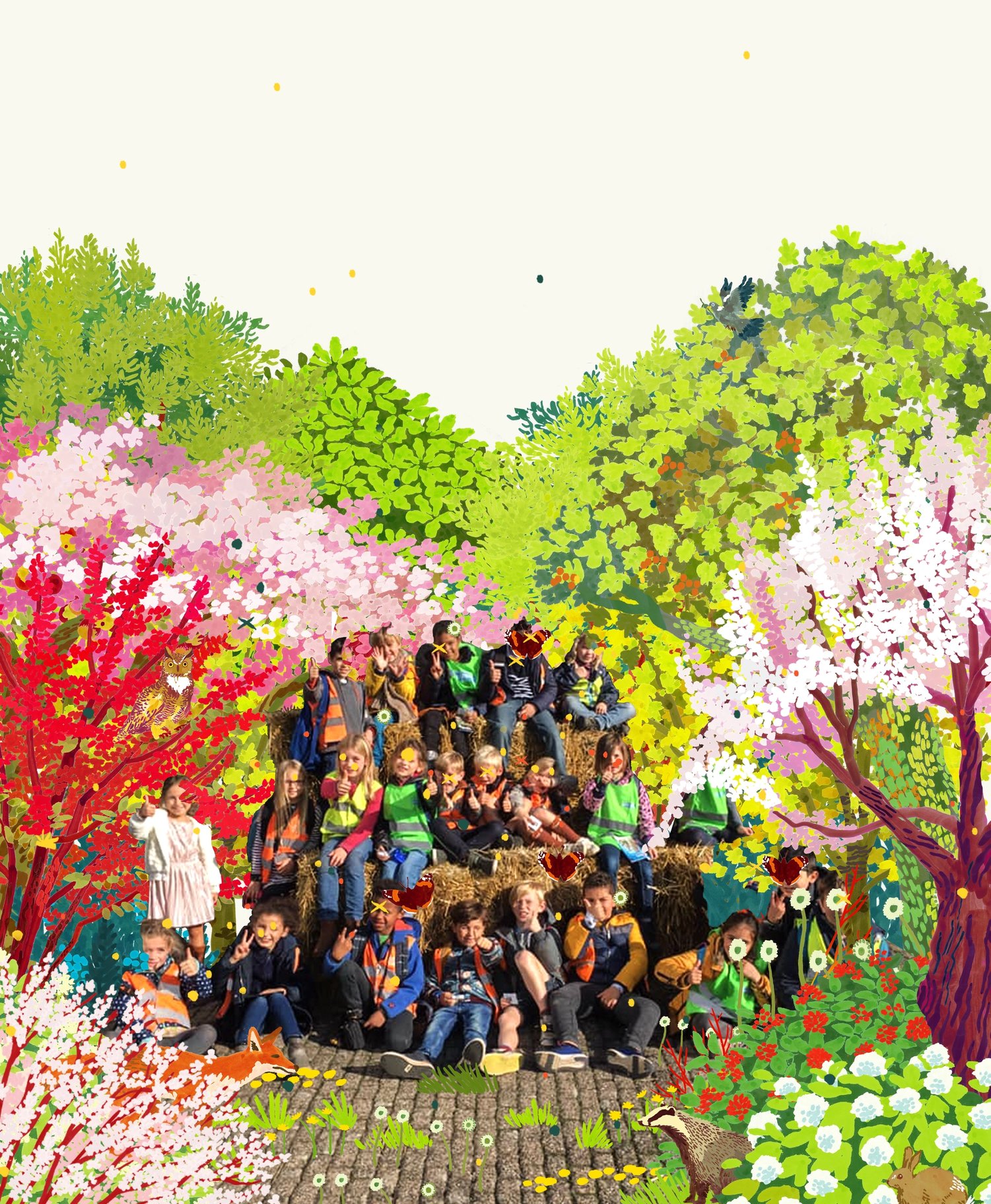
De Ark
A forest learning center in Sint-Niklaas


Langalibalele Forest
Cultivating a green oasis for community wellness and education.

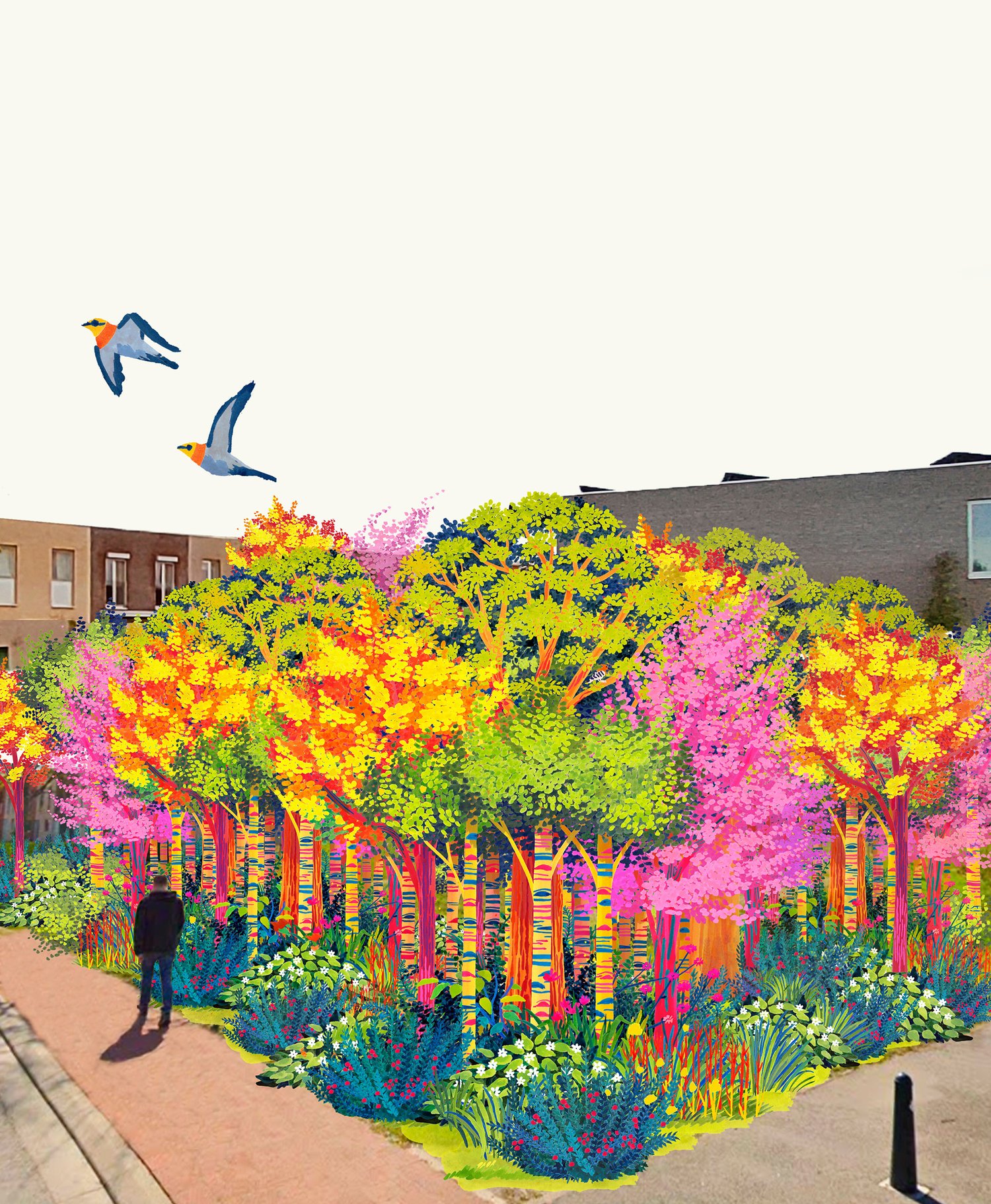
Papenhof Forest
Nature-based therapy at the heart of a city
